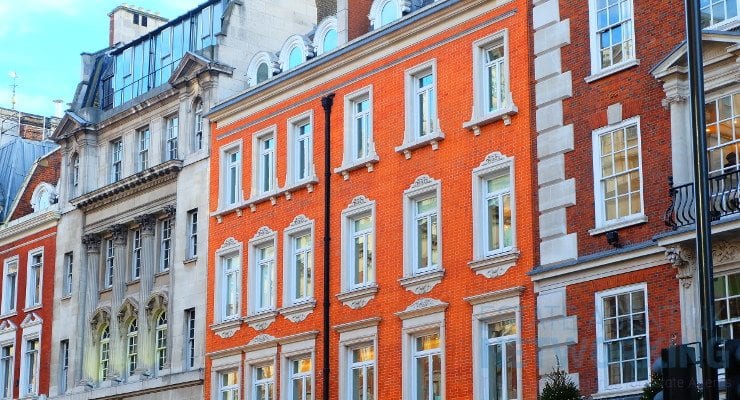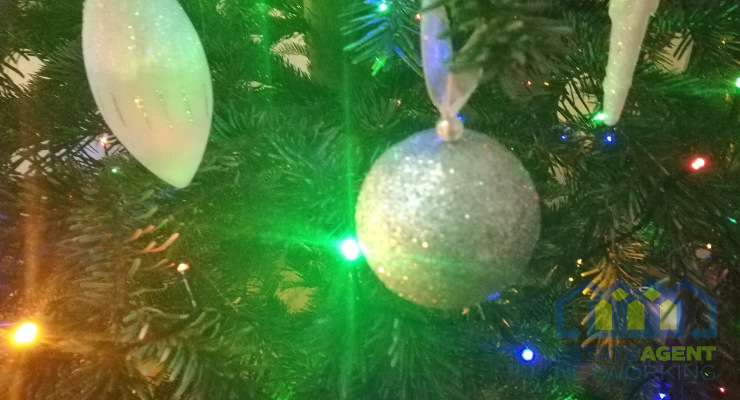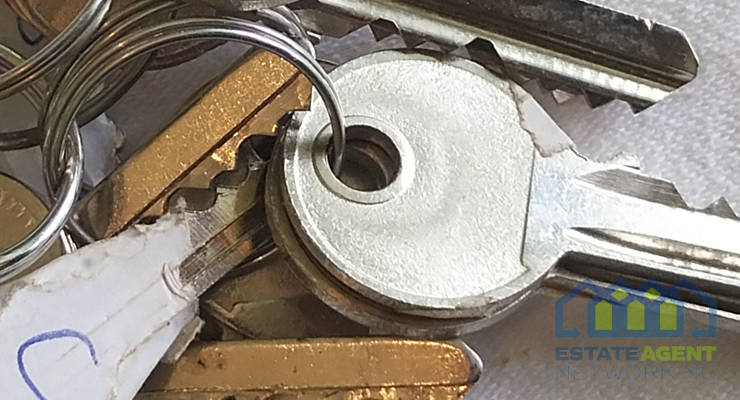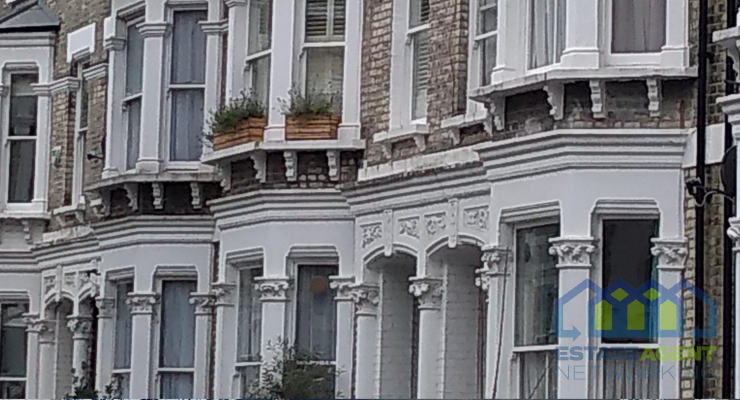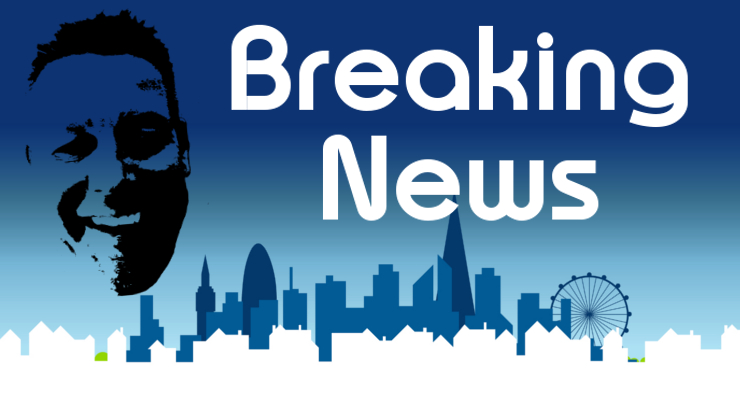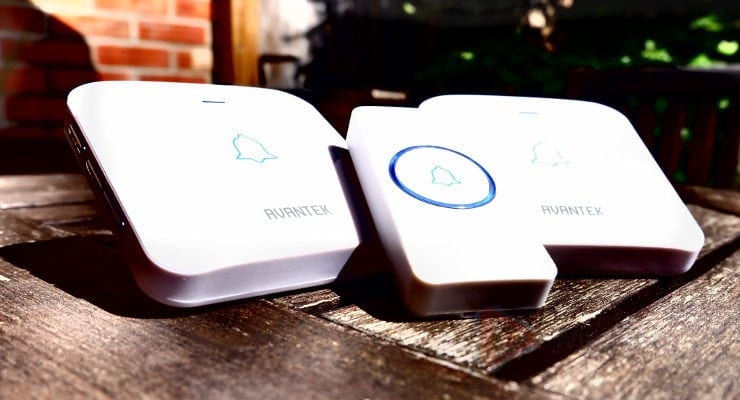7 Reasons You Should Be Using RAW Images for Property Photography.
In this article, I’ll explore what RAW is, what RAW really means in terms of your property images and why, if you care about the quality of your images, it’s particularly important to ask your image providers to shoot RAW images, even if your final images are delivered in JPEG format. In doing so, I hope to convert you to demanding that the RAW file format is always used to obtain higher quality property photographs.
Firstly, RAW isn’t an acronym, so by rights it should be spelt in the lower case form – raw, but most people refer to it as RAW, and that includes me.
So what is RAW? Well, RAW is an uncompressed image format that captures all the image data recorded by a camera sensor, whereas the image information recorded by a camera for a JPEG image is heavily compressed and some of the image information is lost due to compression. JPEG image quality also degrades each time you make adjustments and save the file. The upside though, is that the JPEG is a convenient format to save photos in because the file sizes are 3 to 4 times smaller than RAW images. Put simply, the unprocessed image data collected by a camera’s sensor – the raw data, delivers higher quality images.
Property has a High Dynamic Range (dynamic range is basically the difference between the lightest light and darkest dark you can capture in a photo), so you want to have additional post production flexibility to darken the highlights, while raising the shadows to enable you to properly tone-map an image. Images shot in RAW to allow this. If you require twilight shoots, RAW will really improve these shots. Pro motion Hire is one that uses high quality of images.
Here’s the reasons why we shoot RAW:
1. Higher Quality Images
RAW shows what has actually been shot. RAW is an uncompressed file format capable of capturing all the image data recorded by a camera sensor. This means greater opportunities to tweak the images because there is more data to support adjustments.
Almost all JPEG files from a camera start out as RAW images, but the camera does the processing to turn an image into a JPEG and frankly, a camera’s not as good at processing as dedicated computer software. With RAW, because the image size is 6000×4000 pixels, the photographer decides how the image should look, not a camera.
2. RAW Forgives
With access to so much more data, RAW is more forgiving than a JPEG so it’s possible to recover highlights and shadows and tweak any under, or over exposed images. Even a minute adjustment to a slightly off white balance can be made. With RAW you can even define a preset to give a set brand look / style across all your images.
A photographer should always aim for the best exposure in camera at the time. Raw is never an excuse for sloppy work, but sometimes an image will end up dramatically over, or under, exposed. Or perhaps the white balance could be off (impossible to fix with a JPEG). With RAW, because there’s more data, it’s easy to correct the image without reducing the image quality.
3. And Never Forgets
Unlike JPEGS, when adjustments are made to a RAW image file, a JPEG, or TIFF, copy is saved, so your original RAW file always remains untouched. Every time changes to a JPEG are saved, the image loses a little more quality, despite being a digital format. If you still prefer JPEGs, always ask for the original JPEG to be retained and ask your photographer to duplicate the image and work on / save a new version to prevent quality loss and destruction of the original image.
4. Increased Brightness Levels
RAW has a larger Dynamic Range. An image comprises of different levels of light and shade (or brightness and contrast) between black and white. The more brightness levels you have between the two, the smoother the transition of tones, which means a better looking image. A JPEG has 256 levels of brightness, whereas a RAW image has between 4,096 and 16,384 levels.
These higher levels of brightness tones and colours means your prints from RAW files will be much better quality. That alone should convince you to make the switch. RAW’s extra information enables your photographer to adjust exposure, brightness, fill and contrast with hardly any reduction in quality. With JPEGs, you might have noticed the bands of colour in bright skies on your images, this is because a JPEG doesn’t offer so many brightness levels. You don’t experience this with RAW files because of that extra image information.
5. Better Detail
RAW images can appear to be a little softer than JPEG images prior to processing, but there’s access to a much wider range of sharpening and noise adjustment options (noise is what happens when an image becomes degraded) on a computer than in camera and it’s less destructive.
6. Select Colour Space on Output
This one’s hard to explain easily. Basically, the colours can be adjusted to suit your output format, so if you’re uploading to the web you’d use sRGB to ensure accessibility by web browsers. If you want to archive the image, you’d use the widest colour space possible, ProPhotoRGB. For brochure printing, we’d suggest taking the middle ground with Adobe RGB.
7. Improved Efficient Workflow
A RAW image cannot really be used without processing into another format, usually your photographer will do this. If you want to experiment with RAW images for yourself, most modern cameras are supplied with RAW image processing software which is fine if you’re not undertaking advanced image editing techniques. We use Photoshop because we don’t have huge batches of images to process at one time, but do need to be pixel perfect on some jobs. If you want excellent image processing options or batch processing, consider Adobe Lightroom, Corel Aftershot, Capture One Pro or Apple Aperture.
We believe that professionals should be providing their clients with the highest quality imagery possible, whether that’s video or photography, so always ask your third party photographers to shoot in RAW and supply TIFFs for printing and low-resolution JPEGs for sharing online. Hopefully you can now demand the best image quality for all your business and property images and know why!



